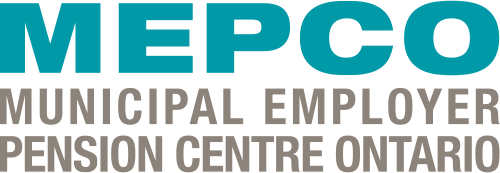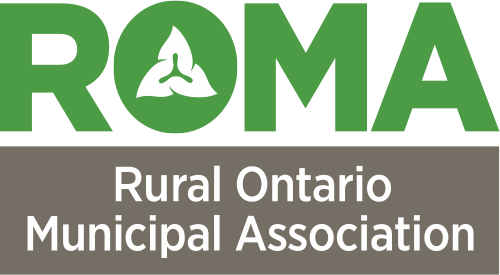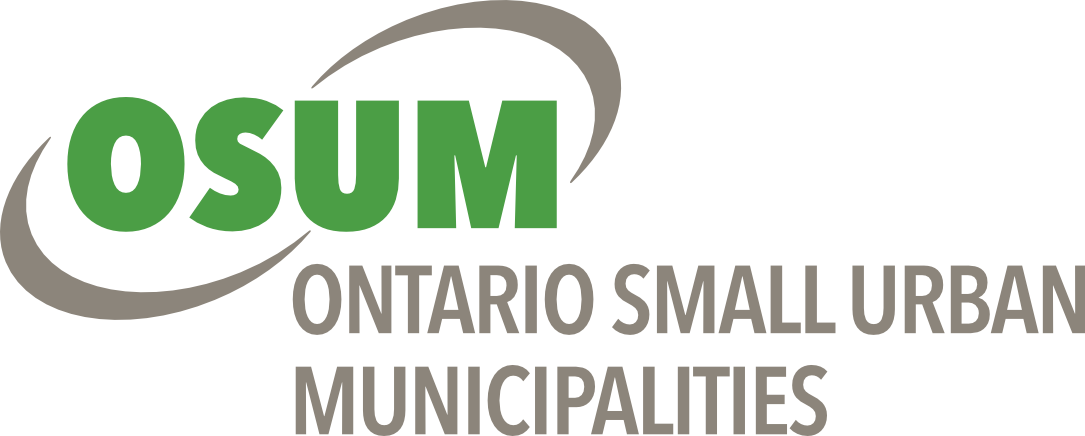Determining Service Levels
Service levels are determined by resident expectations, legislative requirements and available financial resources of a municipality. It typically involves:
- Assessing current condition and functionality of assets that provide services to the community.
- Estimating total costs, from asset acquisition to replacement or disposal, associated with providing a service over the life of an asset.
- Meeting minimum legislative requirements prescribed by senior levels of government. For example, O. Reg. 239/02 of the Municipal Act, 2001, requires minimum maintenance standards (MMS) to provide municipalities with a defense against liability from actions arising regarding levels of care on roads and bridges.
- Determining appropriate service levels is a function of balancing community expectations against what the municipality can sustainably afford, as well as the level of service risk the municipality is willing to take.
The City of Richmond Hill, for example, has developed an extensive list of community and technical service level indicators in their asset management plan to help Council and the public understand current infrastructure performance levels and to identify areas of improvement. It helps Council determine if its levels of service are achievable in the long term given the current level of investment into the assets that provide those services. If they are not achievable, Council needs to have a different conversation.
The Municipality of Neebing, for example, has established service levels for their non-core assets by defining service objectives that resonate with community expectations. These are supported by technical performance indicators based on different service criteria such as availability, maintenance, cleanliness, capacity, safety, and accessibility.
Did you Know?
Service levels are often divided into two categories: community levels of service, which are qualitative statements that Council and public can relate to; and technical levels of service, which are more complex quantitative indicators that staff can track internally to monitor asset performance.
In the case of safe drinking water, community service level can be defined as whether safe and potable water is available to residents at an appropriate pressure, while technical performance indicators may include age and condition of water pipes and the capacity of water treatment plants.





